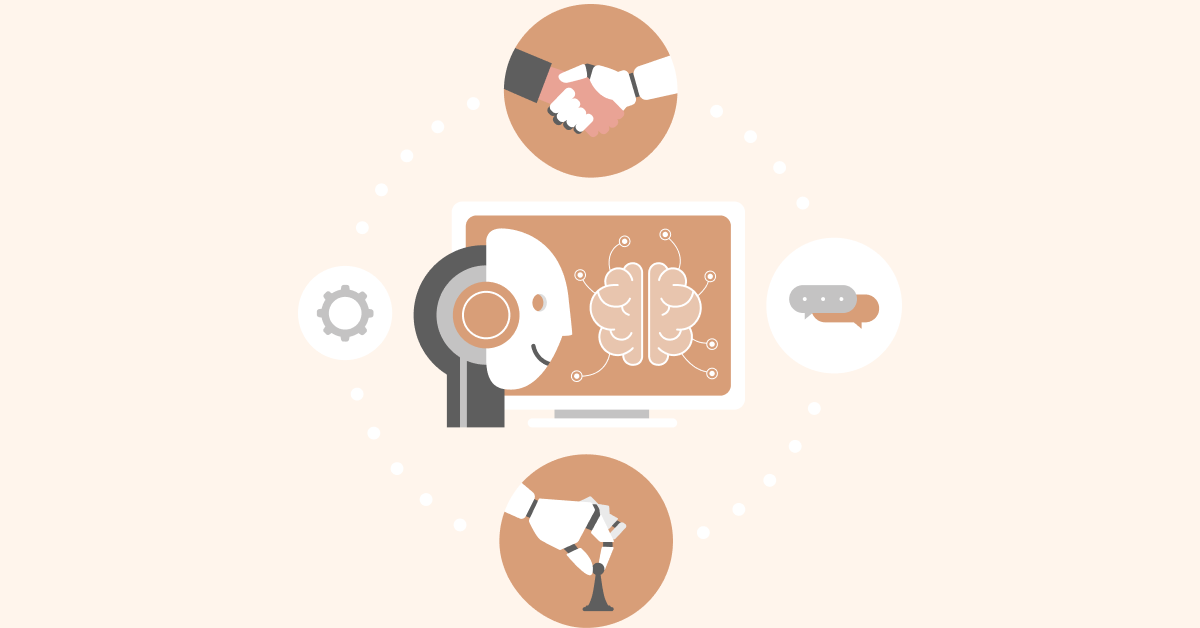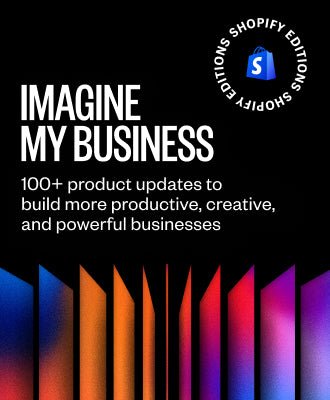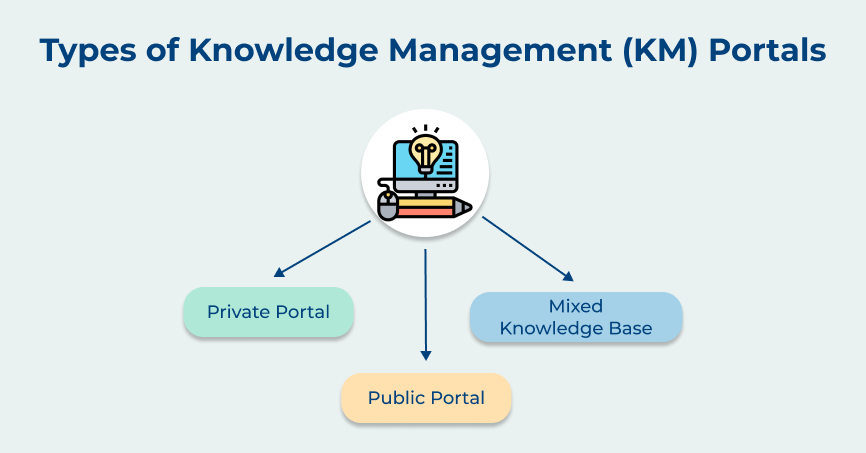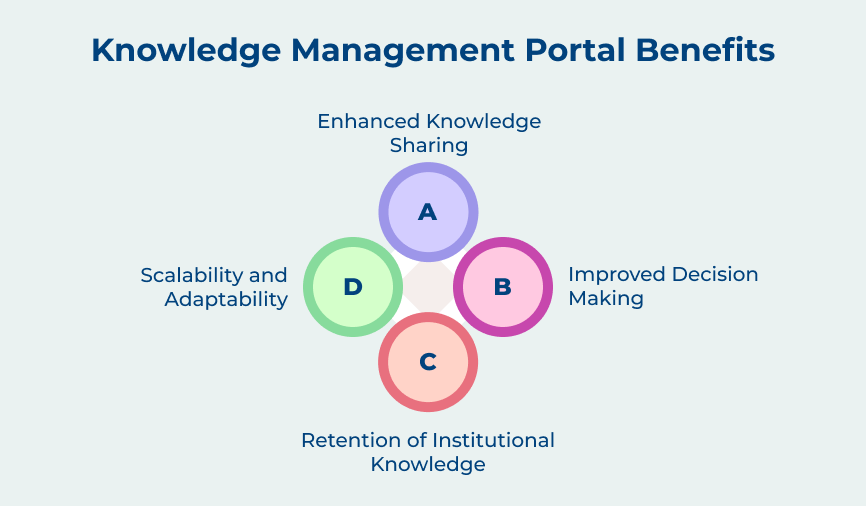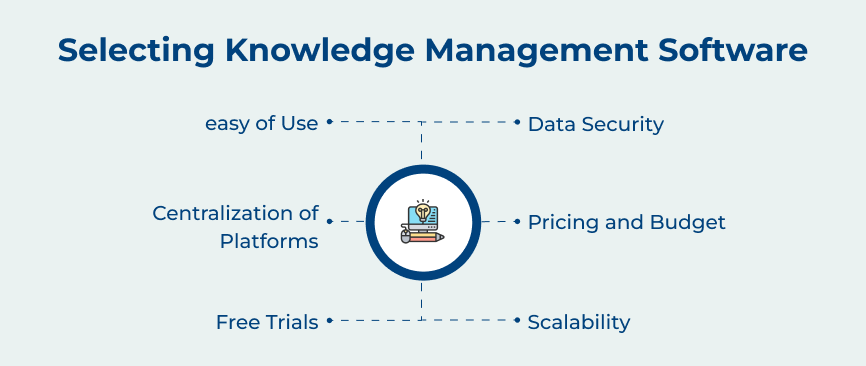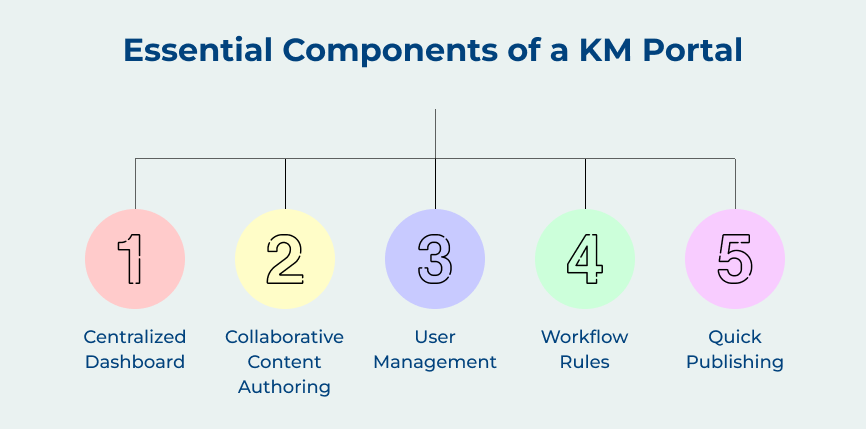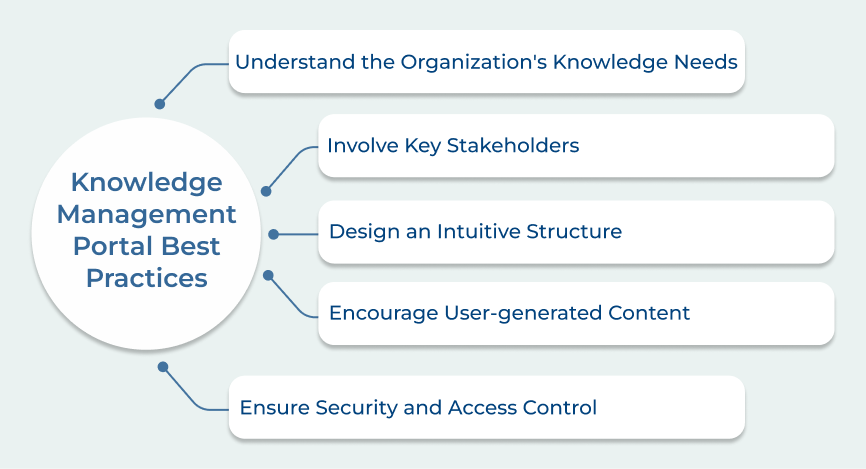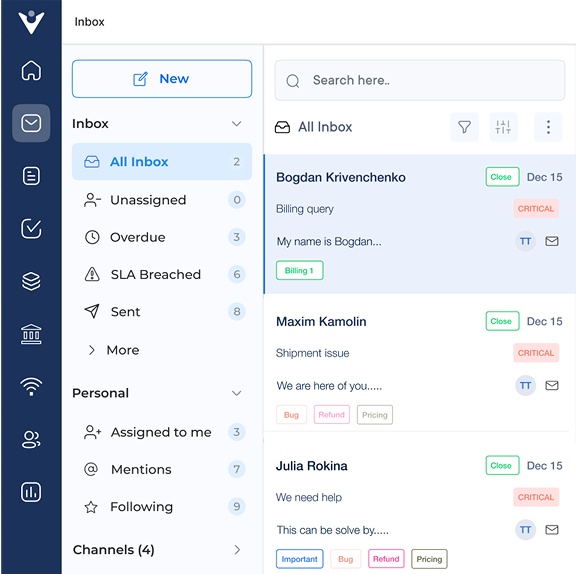1. Centralized Dashboard
A centralized dashboard is the heart of a knowledge management portal. It provides a single point of access for users to search, browse, and organize information. The dashboard should be user-friendly, with intuitive navigation and search capabilities, allowing employees to find the knowledge they need quickly. It should also provide personalized recommendations based on user roles, preferences, and historical usage patterns.
2. Collaborative Content Authoring
The KM portal should allow for easy content creation or editing to promote knowledge sharing and collaboration. Collaborative content authoring features enable multiple users to contribute and modify content simultaneously. It allows subject matter experts to collaborate, refine and update information in real-time, ensuring that the knowledge shared is accurate.
3. User Management
User management functionality is crucial for a KM portal to maintain data security and control access to sensitive information. It allows administrators to assign roles and permissions to different user groups based on their responsibilities. User management features ensure that only authorized individuals can access, modify or contribute to specific knowledge resources, safeguarding the confidentiality of the information.
4. Workflow Rules
Implementing workflow rules in the knowledge portal streamlines the content creation and publishing process. Workflow rules define the sequence of actions and approvals required before information is published. It ensures that content goes through the necessary review and quality assurance processes before being made available to users. Workflow rules track the progress of content creation, providing transparency and accountability.
5. Quick Publishing
Timeliness is crucial in a modern business environment. A knowledge portal should enable quick and seamless publishing of updated or newly created content. It should support different formats, text, images, videos and presentations, making it easy to share knowledge effectively. Quick publishing capabilities ensure that the information is readily available to users when they need it, increasing productivity and reducing uncertainty.
Knowledge Management Portal Best Practices
Following are the best practices that can transform your knowledge management portal into a vibrant hub of information, ensuring that knowledge flows freely and organizational learning flourishes.



